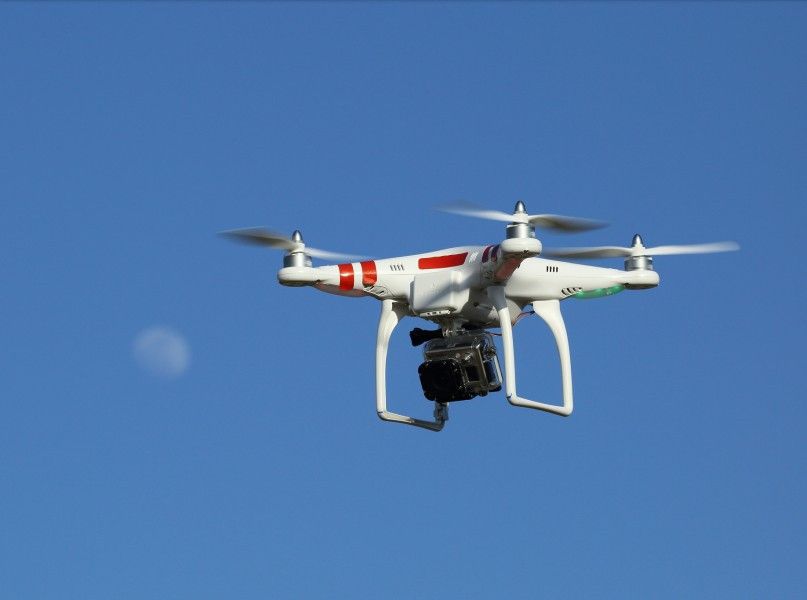Despite a lack of FAA regulation, drone companies are still charging forward with funding.
Airware, an aerial information platform for operating commercial drones, recently raised $25 million in a Series B round. The round was lead by Kleiner Perkins Caufield and Byers, with Andreessen Horowitz and First Round Ventures also contributing to the round.
Airware plans to use the funding to continue to develop engineering, sales, marketing, and customer support in preparation of the launch of their platform later this year. The company will provide hardware, software, and cloud services for the development and operation of commercial drones. Using “plug-and-play” compatibility, Airware is designed to smoothly connect various airframes, actuators, sensors, payloads, and application-specific software to drones for commercial use.
“To help organizations use drones for any commercial application, we’re building a platform that anyone can customize and build on top of,” said Airware CEO Jonothan Downey.
 Last year, Airware demonstrated how drones could be used to manage wildlife conservation in Kenya. The company has also worked with researchers from MIT to assess the possibility to deliver vaccinations using a network of drones.
Last year, Airware demonstrated how drones could be used to manage wildlife conservation in Kenya. The company has also worked with researchers from MIT to assess the possibility to deliver vaccinations using a network of drones.
“Commercial drones are creating a revolution in insights, and countless industries around the world will soon benefit from access to aerial information that, until now, has been too difficult, dangerous, expensive, or downright impossible to get,” Downey said.
Airware has received $40 million in funding to date. Andreessen Horowitz and Google Ventures led the comapny’s Series A, investing a total of $12.2 million. With the employment of drone intelligence to commercial operations, Airware is one of the many drone companies driving the new front in a rapidly expanding industry.
If you have any news, insights to share, would like to pitch guest posts, commentaries or white papers, drop us a line at [email protected].
FEATURED PHOTO: Don McCullough/Flickr




